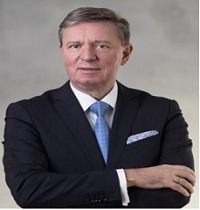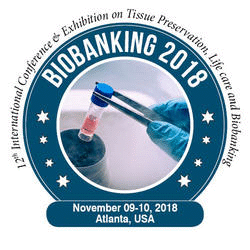
Wolfgang Knirsch
Vita 34 AG, Germany
Title: Limiting factors to the therapeutic use of CBUs and how to overcome them
Biography
Biography: Wolfgang Knirsch
Abstract
While the total number of stem cell donations is continuously increasing over the last decades, the proportion of cord blood stem cell transplants has been falling in recent years. This trend is particularly pronounced in Europe: since 2010 the use of CBUs has been cut by half. On the industry side, there are two obvious factors, mainly the availability and also the quality (TNC) of the units provided. The limited availability of units in public registries causes the rise of alternative treatments as haploidentical transplantation. On the hospital side, economic factors as costs and revenues for treatment are driving factors. On top of this, there is limited experience in treatment with cord blood. As shown in the RAND report (published in 2017) a public stem cell bank can be cost efficient if storing of high-quality CBUs instead of sales would be reimbursed. Public investment in the better education of parents about the value of UCB combined with a hybrid business model of private cell banks, which usually has an excellent coverage of delivery units could also contribute to the better availability of matching stem cell units. A unified international standard of quality would ease the cost burden for stem cell banks and simultaneously level up the overall quality. Until suitable stem, cell expansion protocols will be available sound knowledge about late clamping could help increase the TNC of the stored units. Investments in clinical use in neurological diseases and regenerative medicine will remain mandatory.

